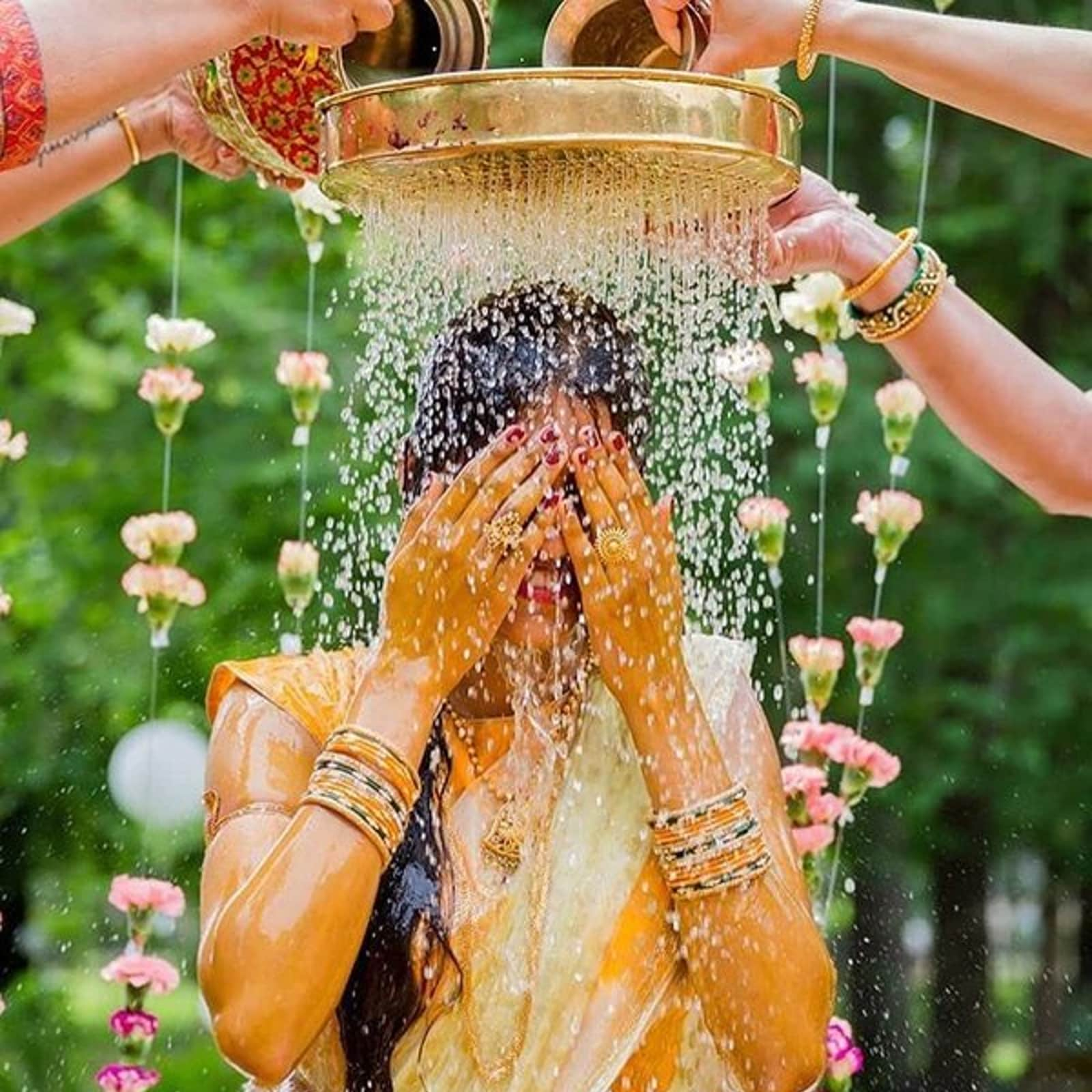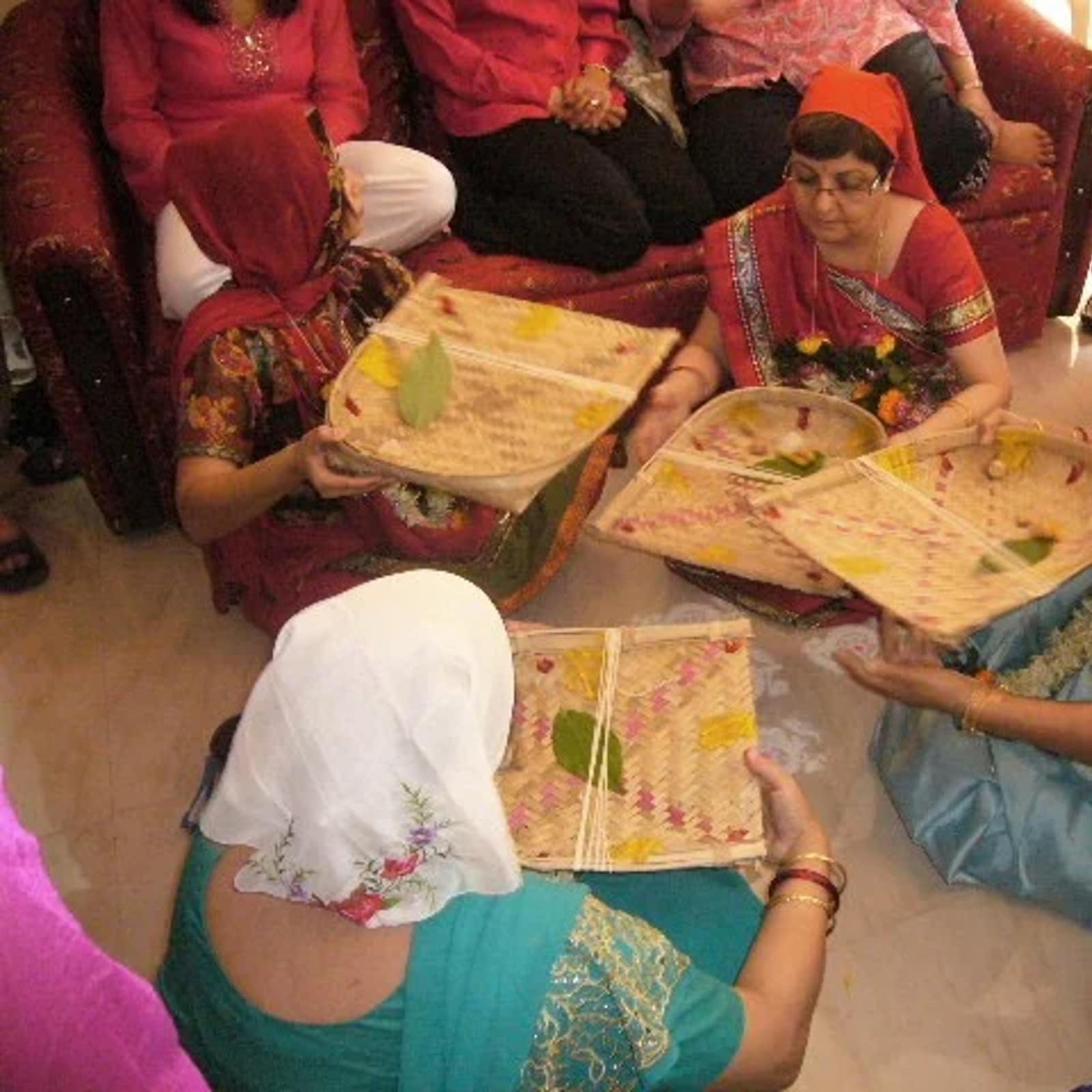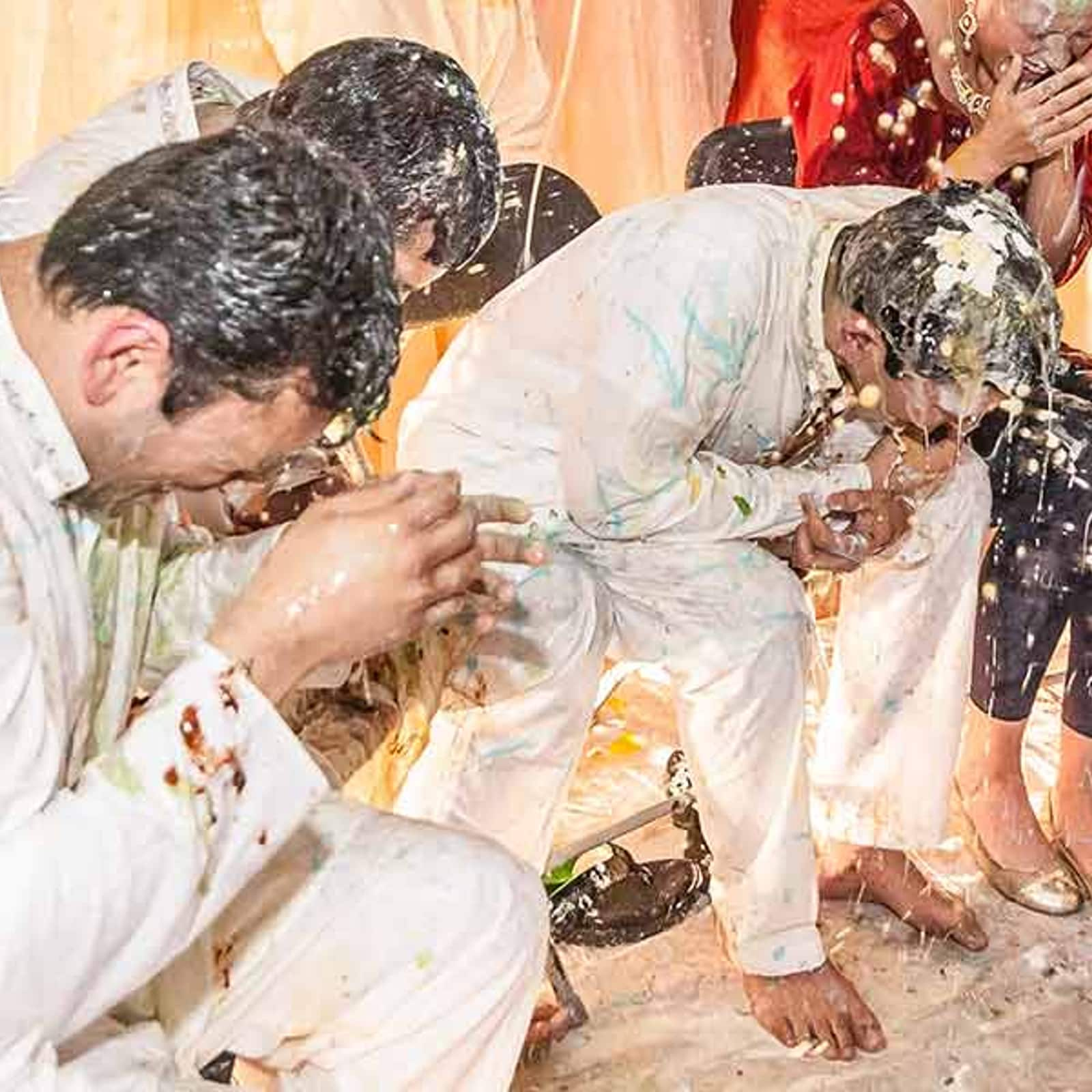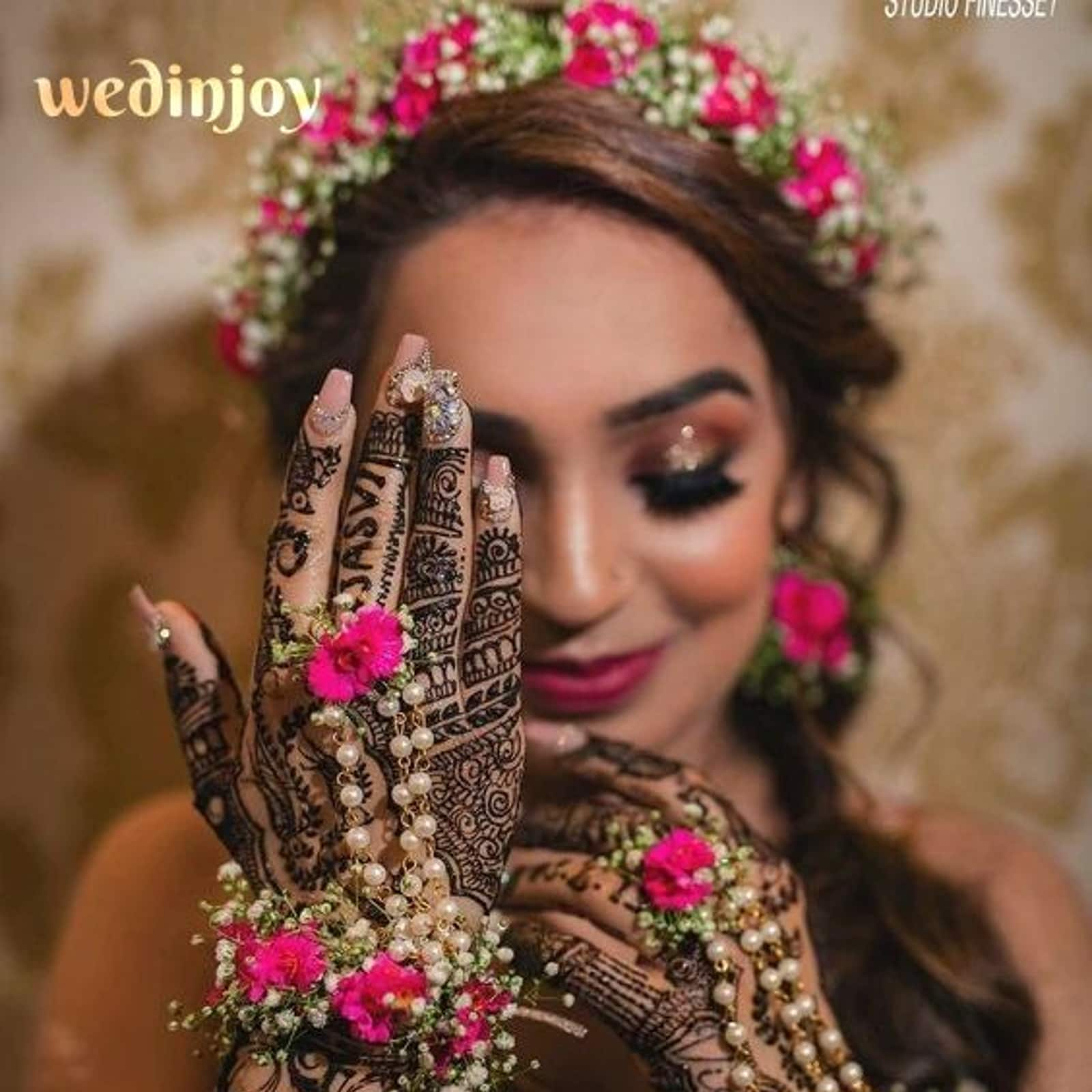India’s pre-wedding traditions and customs are as varied as its scenery. India’s traditions and customs are as varied as its topography. The connection of the bride and groom’s families is celebrated at weddings as well as their own. The traditions involved in Indian weddings last for a few days, making them mini-festivals in and of themselves.
Pre-wedding ceremonies:
In essence, pre-wedding traditions are centred on the unification of the bride’s and groom’s families. The selection of a suitable bride or groom is the first step in the process, a responsibility that was traditionally carried by the family’s elders. While it is still a prevalent practise in the majority of the country’s regions, matchmaking has recently been less popular in the nation’s cities where people are opting to choose their own mates.
Ceremonial pre-wedding cleansing baths for the bride and groom:
In India, the practise of taking a purifying bath in order to ward off the “evil eye” is known by the names Mangalasnanam in the south, Nahaan in parsi, and Pani Tula in the north-east. In Parsi weddings, the bride and groom participate in a customary bathing procedure called Nahan that is meant to purify their body and soul. The bride or groom is not permitted to touch anyone outside of their immediate family after this ritual. Following that, they prepare for the wedding ceremony. An auspicious bath called mangalasnanam is given on the wedding day. At their respective homes, the bride and groom take a bath in pure water to thoroughly clean and purify them.

The essence of turmeric and gold in Indian weddings:
The purity and auspiciousness of hand-ground In India, turmeric is used to fend off bad spirits and purify the souls of the bride and groom. It is known as Haldi in North India, Manjha for Muslims, Supra nu Murat for Parsis, and Roce for Christians. The Haldi ritual has a Muslim equivalent called Manjha. Two days before the wedding, it happens. The pair isn’t supposed to leave their respective houses again until the wedding day after Manjha. “Supra Nu Murat” is the name of the Haldi ceremony’s Parsi equivalent. Five married women participate in this ritual; one of them sits in the centre, surrounded by the other four, and prepares a paste of turmeric and milk using the Khalbatto, a traditional mortar and pestle. Seven times, they trade the supra, a special bundle of betel leaf, betel nut, turmeric, dates, and a piece of coconut. Together, the five women grind the turmeric paste. The bride or groom are then treated to this.

In a ceremony called a haldaat, which is akin to the Hindu Haldi ceremony, turmeric paste is administered to the bride and husband during the Roce Ceremony. Even pre-wedding rites like the Roce ceremony performed by Goan Christians are remarkably similar to the Haldi ceremony carried out in some Hindu groups, which is likewise thought to be a ritual of purification. The ancient symbol of good health, prosperity, and femininity, gold is another prominent element in Indian weddings. It is also thought to have the ability to purify anything it comes into contact with.

Gold has long been regarded as the “Key to Youth” in Ayurveda for its beauty, illuminating, and therapeutic characteristics. Gold is thought to have been first used in skincare by the lotus-eyed Goddess Lakshmi, the bringer of fortune, wealth, and purity, who used the valuable metal for her radiance and beauty rituals.
According to the Puranas, Soundarya Lakshmi is said to have used pure gold in her rituals to change Rati, the Creator’s daughter and Lord Brahma’s daughter, into the most beautiful woman in the three worlds. Additionally, it is stated that Soundarya Lakshmi initially gave Rati the Solah Shringar, also known as “The sixteen adornments of beauty,” which are used by Hindu brides.
The significance of henna and flowers in pre-wedding ceremonies:
In the Phoolon ka Gehna ritual, held in Kashmir, the bride is adorned by close female friends and family members with flowers rather than jewellery. The bride receives flowers, jewellery, and tinsel from the groom’s family about two days before the Kashmiri wedding. They are known as Phoolon ka Gehna.

For her first “shringar,” the bride in North India decked herself up in beautiful floral jewellery. Mehendi is a component of the “solah shringar” that ancient books advise performing to prepare the bride for her new life. In addition to being associated with beauty, joy, and luck, its perfume is also thought to have aphrodisiac qualities.To dispel heat and cool the body, the bride’s hands and feet are typically decked with rich Mehendi in intricate designs throughout most Hindu weddings.
Featuring inputs from Forest Essentials’ founder, Mira Kulkarni.
Read the Latest News and Breaking News here